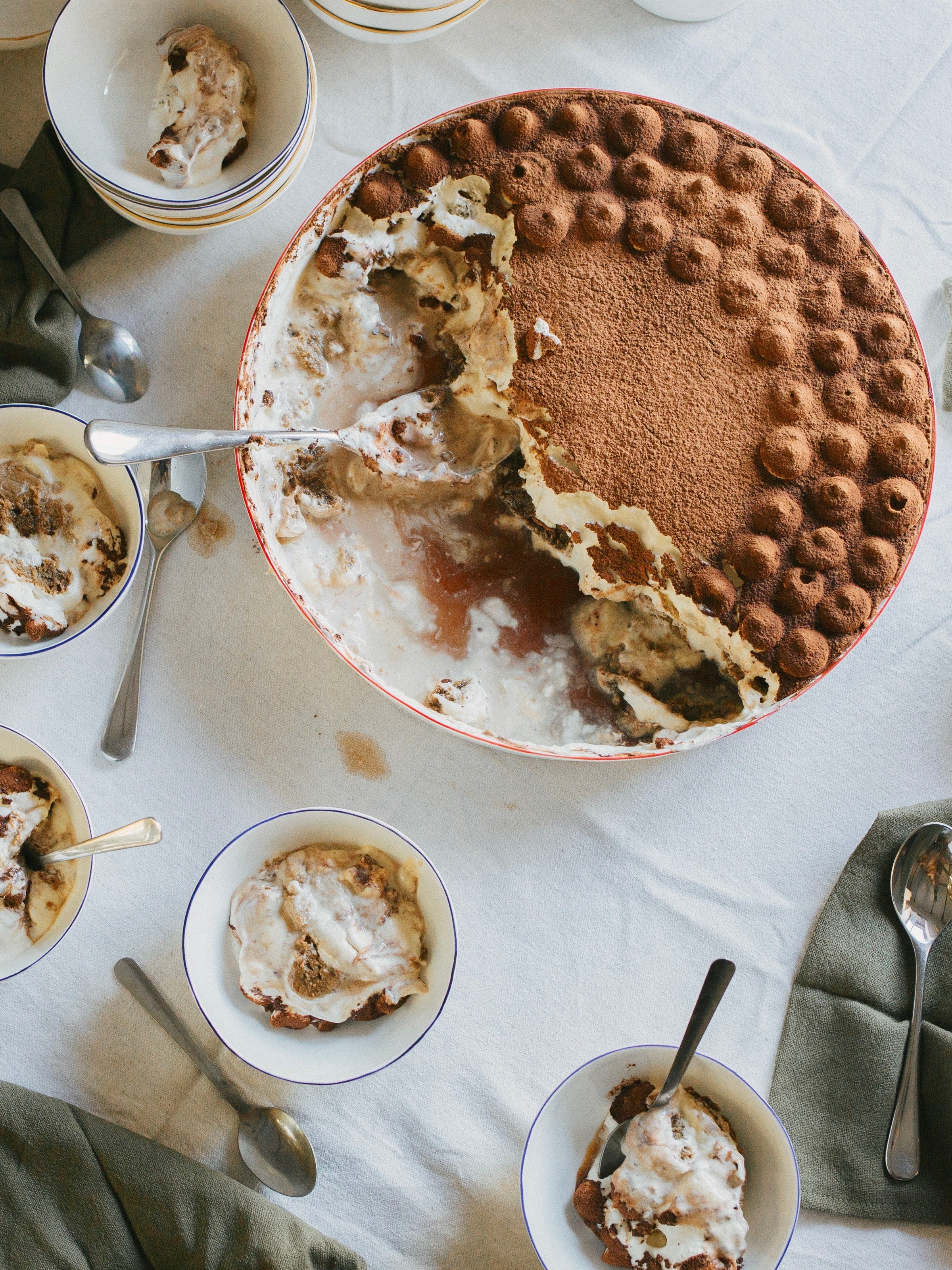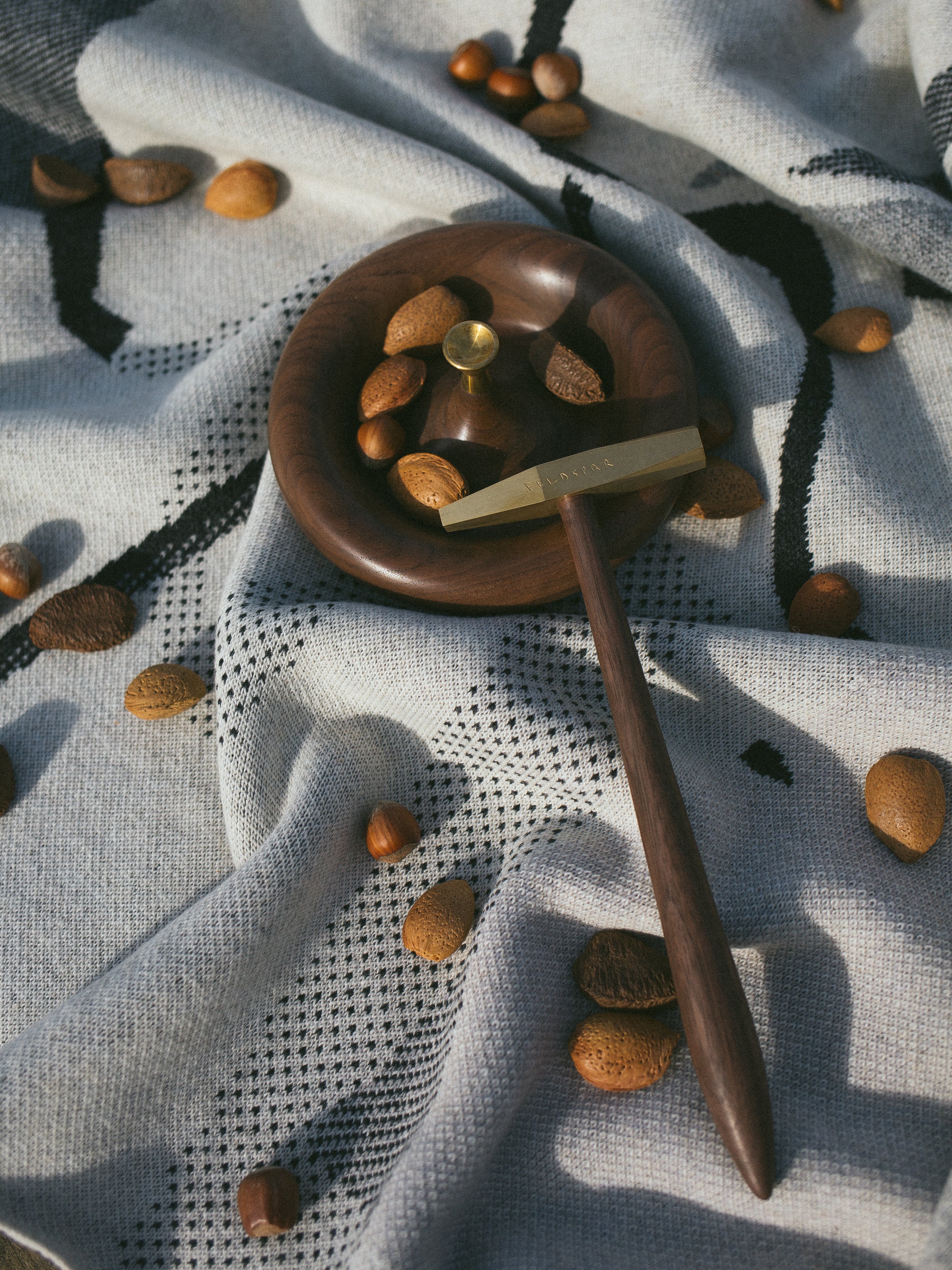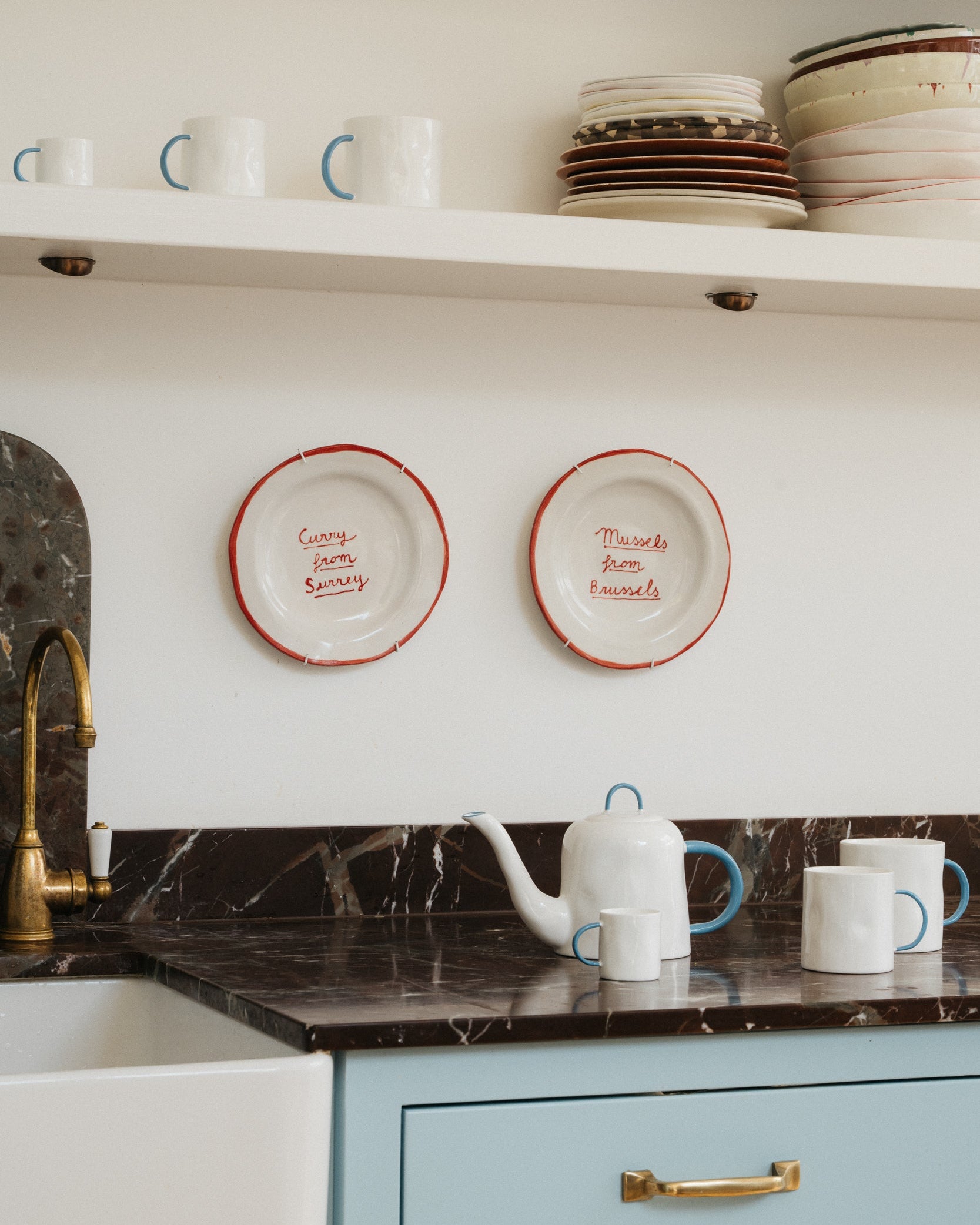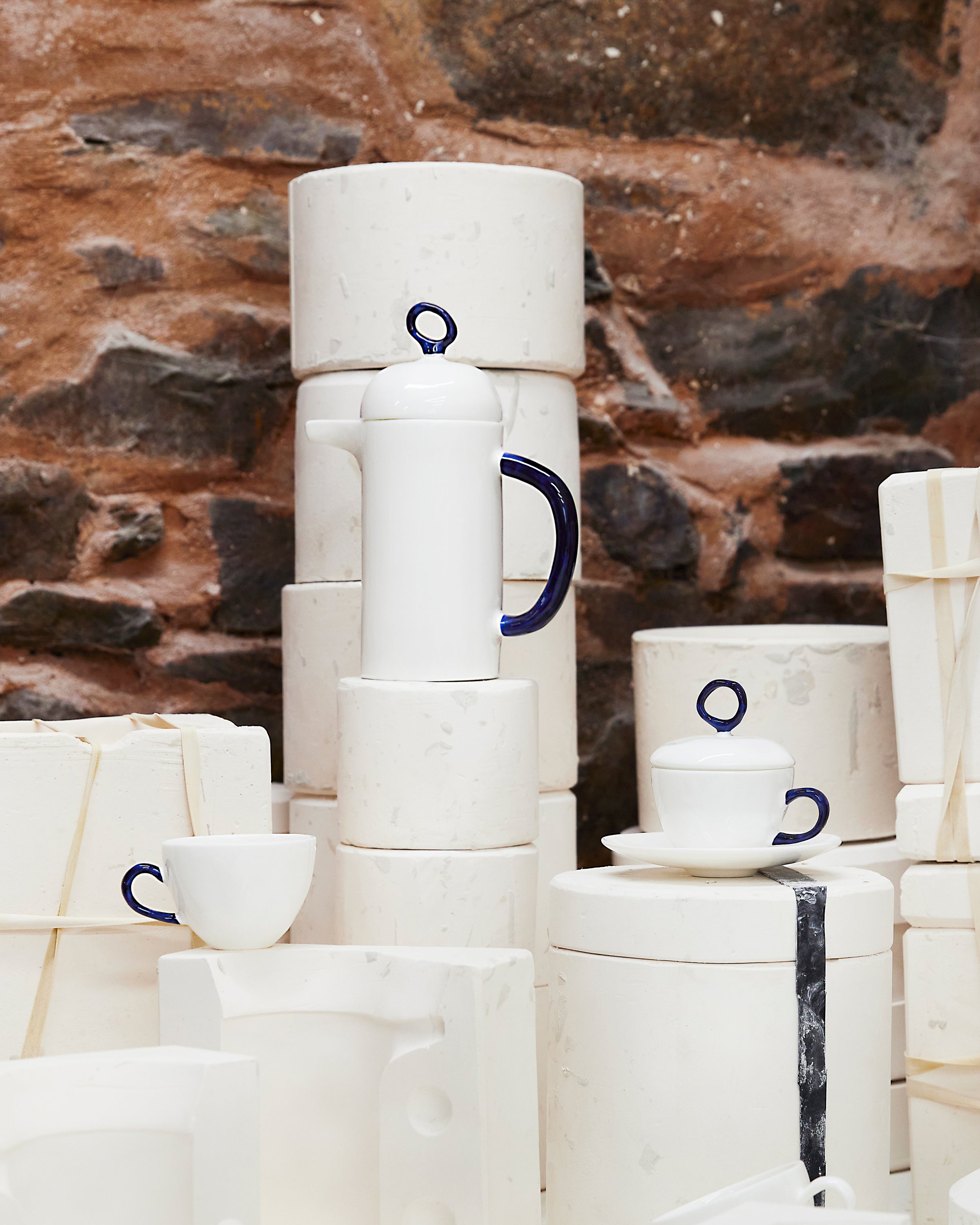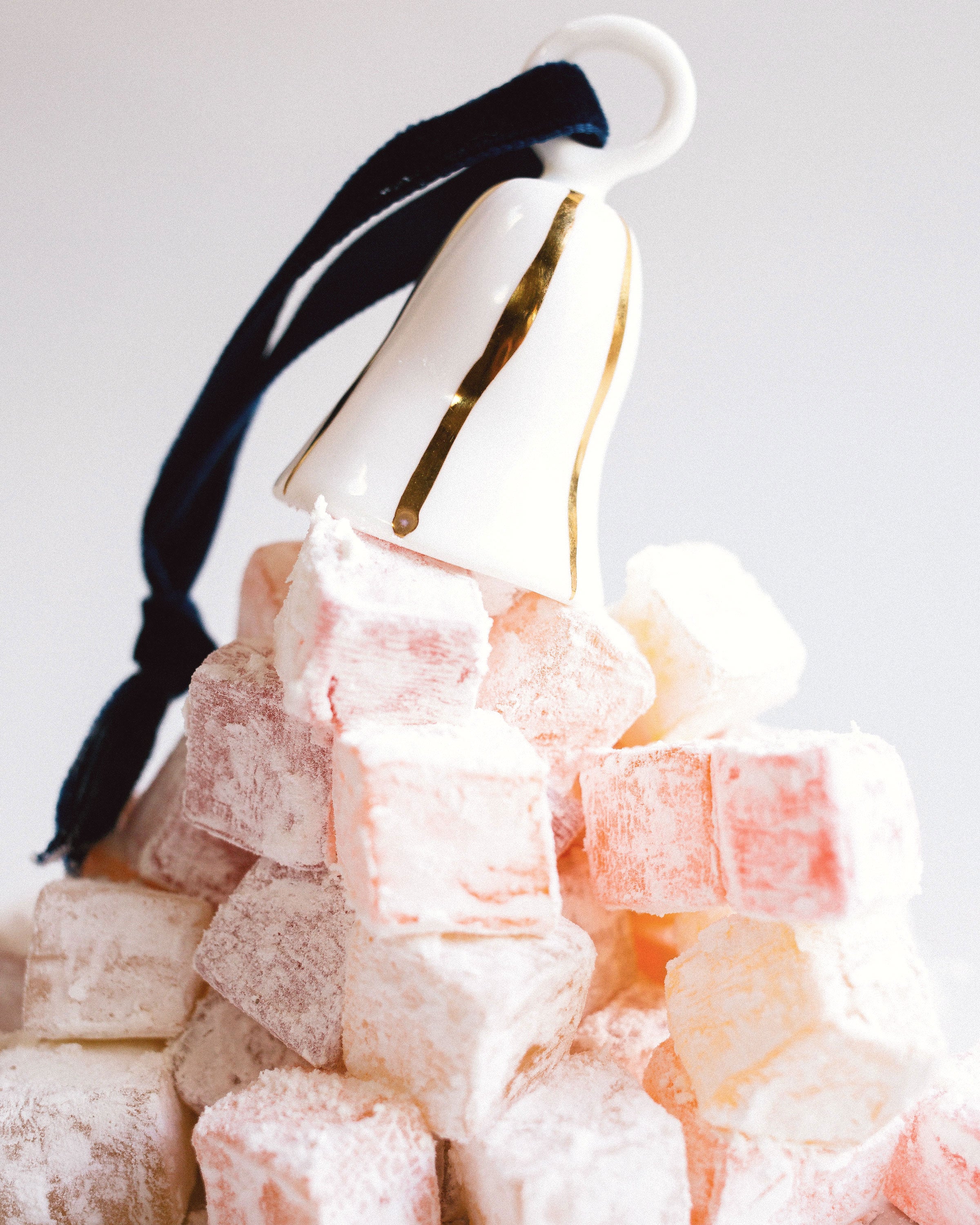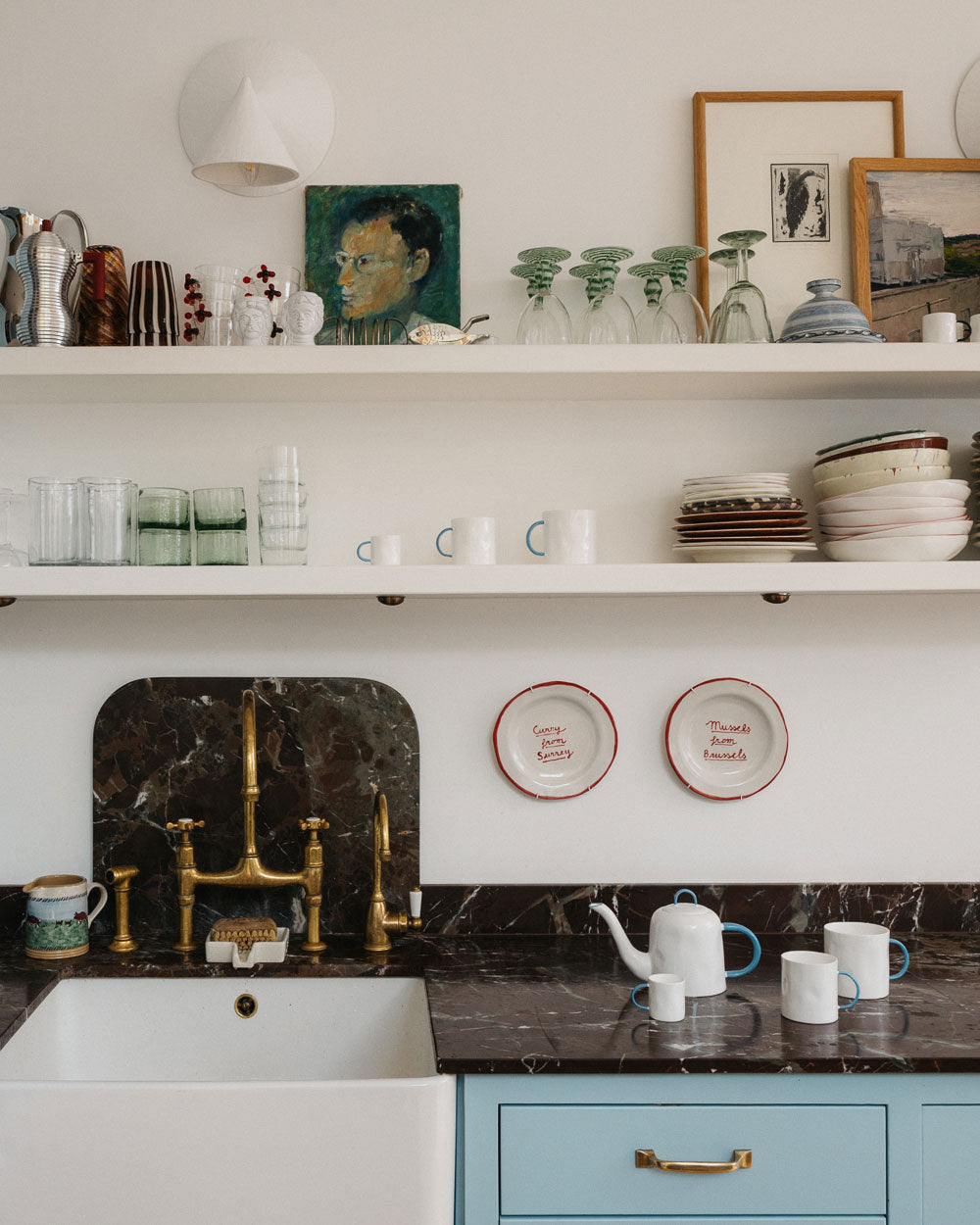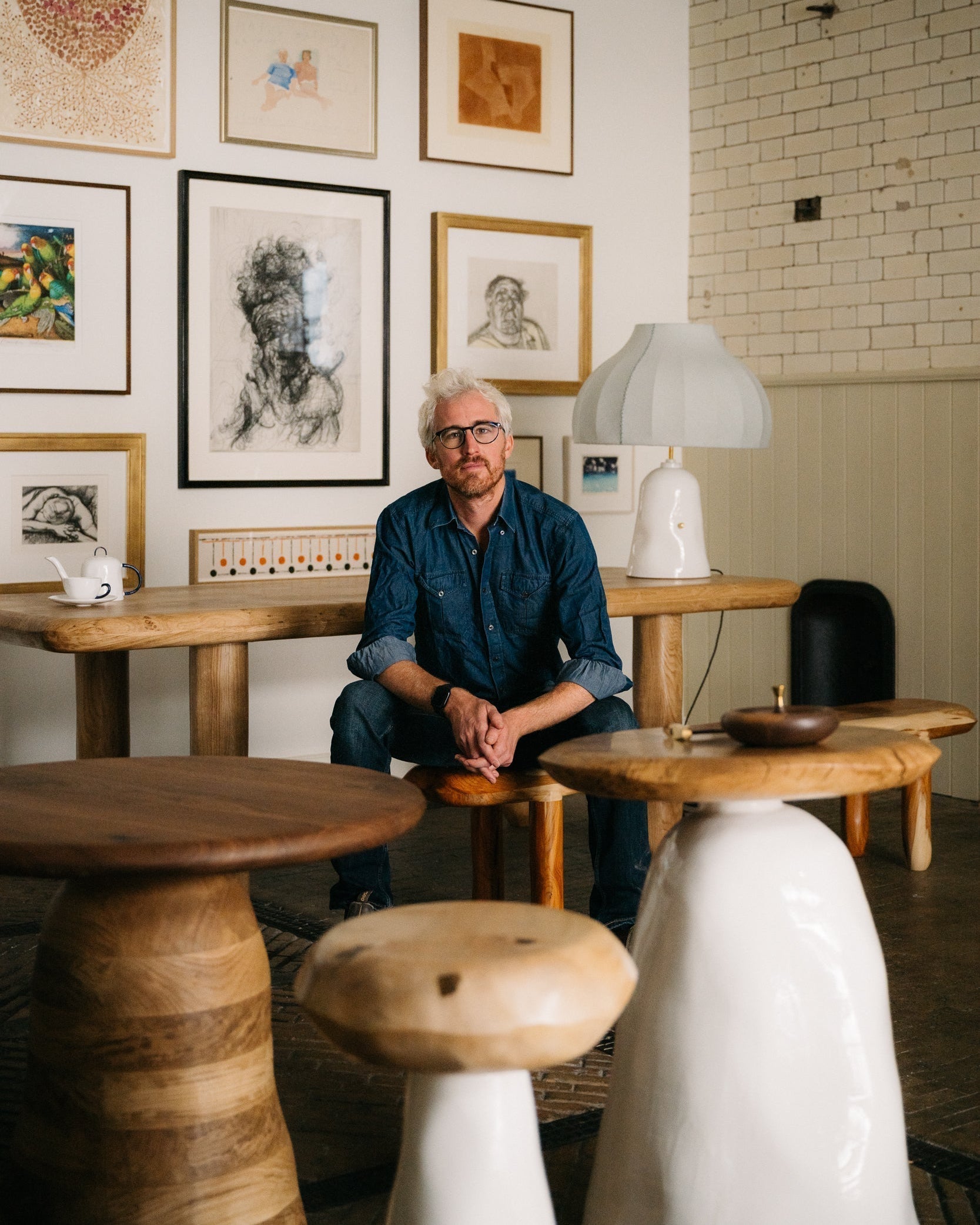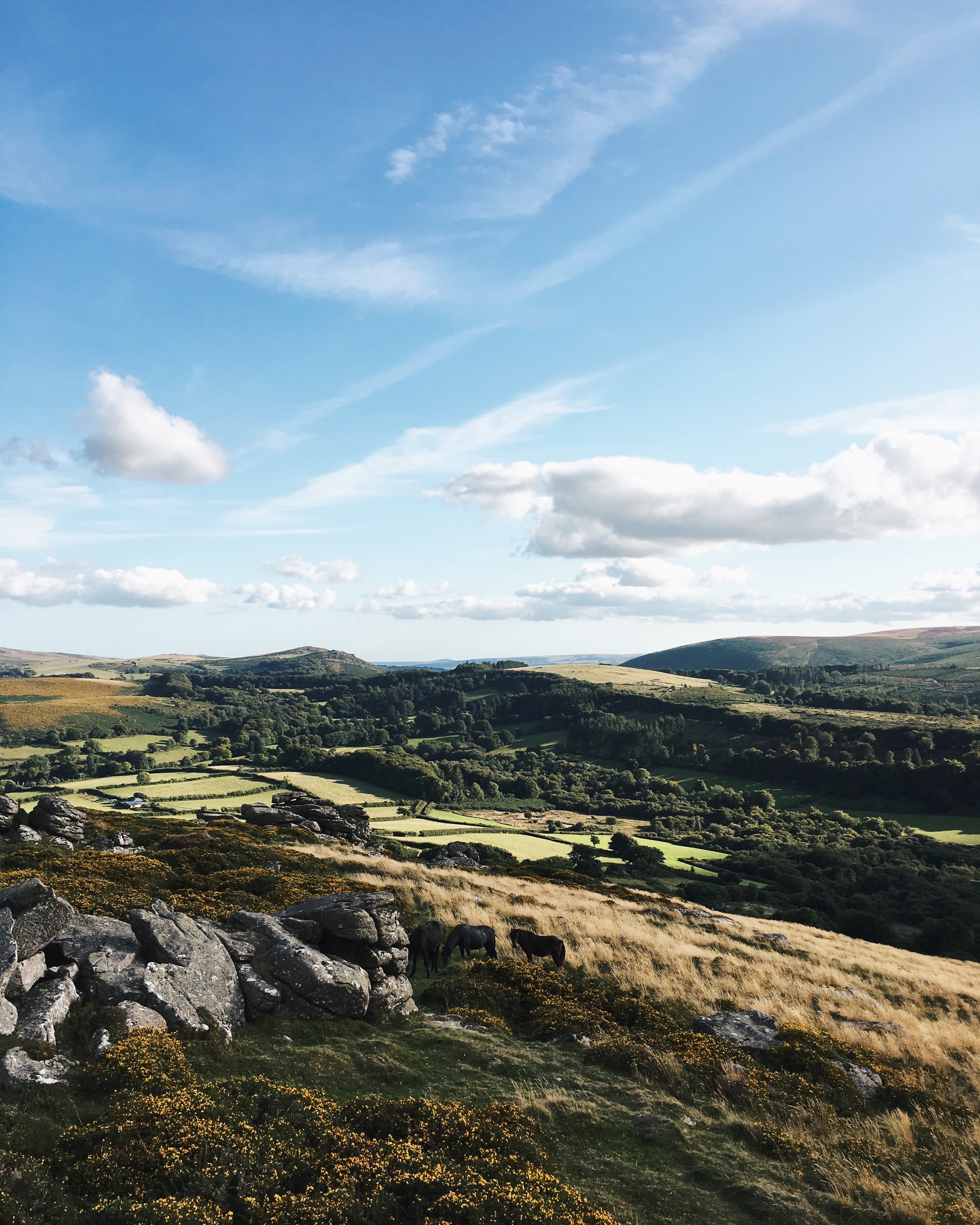My Great Great Grandpa's Cookbook: A Pasta Pudding
Each month I am cooking a recipe from my Great Great Grandpa's cookbook.
To find an entire chapter dedicated to pasta in my Great Great Grandpa’s cook book from 1873 was a brilliant surprise. Pasta wasn’t really in my Grandparents’ culinary canon, and yet here was our shared ancestor extolling the virtues of it at a time when pasta was widely unknown in Britain (outside of macaroni cheese). In fact, all pasta was called ‘maccaroni’ over here then - while in Italy ‘maccaroni’ is of course ‘accepted as the name of only one form’. So, for the enlightenment of the Victorian British cook - who needed help with pasta cookery (he laments the attempts to wash pasta before cooking), Victor carefully outlines his catalogue of pasta.
Pasta, he writes, may be divided into two classes: maccaroni proper, or paste lunghe, and paste tagliate - the latter he notes is ‘scarcely known at all in this country’. And the two are also divided into two ‘great’ categories - Northern, represented by Genoa maccaroni, and Southern, represented by the manufacture of Naples. He writes that while Genoa is considered by many better than Neapolitan, the best qualities prepared in Naples are actually ‘quite as good and better’. Not forgetting he grew up just off the coast of Naples, although presumably there wasn’t much love lost there after he was exiled from his homeland, never to return.
The pasta catalogue has many familiar names in it - maccaroni, vermicelli, spaghetti, lasagne, tagliarini - but there are also ones I’d never heard of - ‘Recch’i Prevete’ or ‘Priest’s Ears’ (the shape of half a mussel shell), ‘Occhi di Pernice’ or ‘Partridge eyes’ (small discs with a hole in the centre), ‘Semenze di Cicoria’ or ‘Chicory Seed’ shaped - he lists 47 different varieties but writes ‘there is no end to these minor varieties; among them may be found hearts and diamonds, clubs and spades, trumpets and quatrefoils, the Arabic numerals, and all the letters of the Roman alphabet.’ So alphabetti spaghetti isn’t such modern invention after all…
Victor gives strict instructions for the making of the pasta, so you achieve a ‘certain crispness’ - in Naples it is known as ‘vierde’, which translates as the ‘freshness of a freshly gathered vegetable’, today we’d say ‘al dente’. He even suggests pouring in a jug of cold water to the pasta when it’s ready to stop the cooking, before straining. Victor argues that a ‘goodly piece of butter’ with plenty or parmesan is all you really need ‘for breakfast, luncheon or supper’.
There is a litany of pasta recipes in his book - a gratin boiled in milk with just butter and parmesan and put under a salamander, a more familiar macaroni cheese recipe but with the addition of cream, veal stock, mustard and cayenne, a beef ragoût, a tomato sauce with black pepper, bay and basil. One recipe is so much like something we cook every week it stunned me: a pasta dish for Lent, garlic, anchovies and olives lightly fried in olive oil and tossed through a linguine. But these all seemed very familiar to me really, despite the 150 year age gap - so one I’ve chosen to cook is one I’d never had before: a sweet pasta pudding.
THE RECIPE

Victor’s pasta desert recipe he describes as a ‘very nice simple pudding’. I was intrigued - I’ve never even considered pasta as a sweet, although a little googling shows that many cultures make a pasta pudding, there’s a Tamil pasta pudding that is essential fare at weddings, one from Ibiza originally made to use up homemade pasta before the heat of summer spoiled it, one from Hungary (rakott teszta), one from Romania, a traditional Croatian sweet pasta pie, the list is endless. Except over here, where sweet pasta is just not a thing. But, I thought, why ever not? The ingredients are pretty much what you’d use for rice pudding bar the addition of egg yolks, so what’s the worst that could happen…

THE RESULT
I’m expecting something similar to rice pudding, and these little pasta cakes don’t disappoint - they’re sweet and delicious, with a texture very similar to a delightfully stodgy rice pudding. They are also incredibly easy to make, you just boil the vermicelli in milk and sugar (I used about 500ml milk and about 4 desert spoonfuls of sugar) until it is well overdone, strain it and mix with three beaten egg yolks and a sprinkle of cinnamon. Then put into moulds - I was using silicone ones that didn’t need greasing at all, pop in the oven for ten minutes or until lightly coloured on the outside, and turn out onto a plate. I sprinkled them with cinnamon and demerara sugar to give a little crunch too (Victor doesn’t suggest this, but it was a good addition). Delicious as a little snack, plus the varieties are endless - I’m going to experiment with adding vanilla and some lemon zest next.
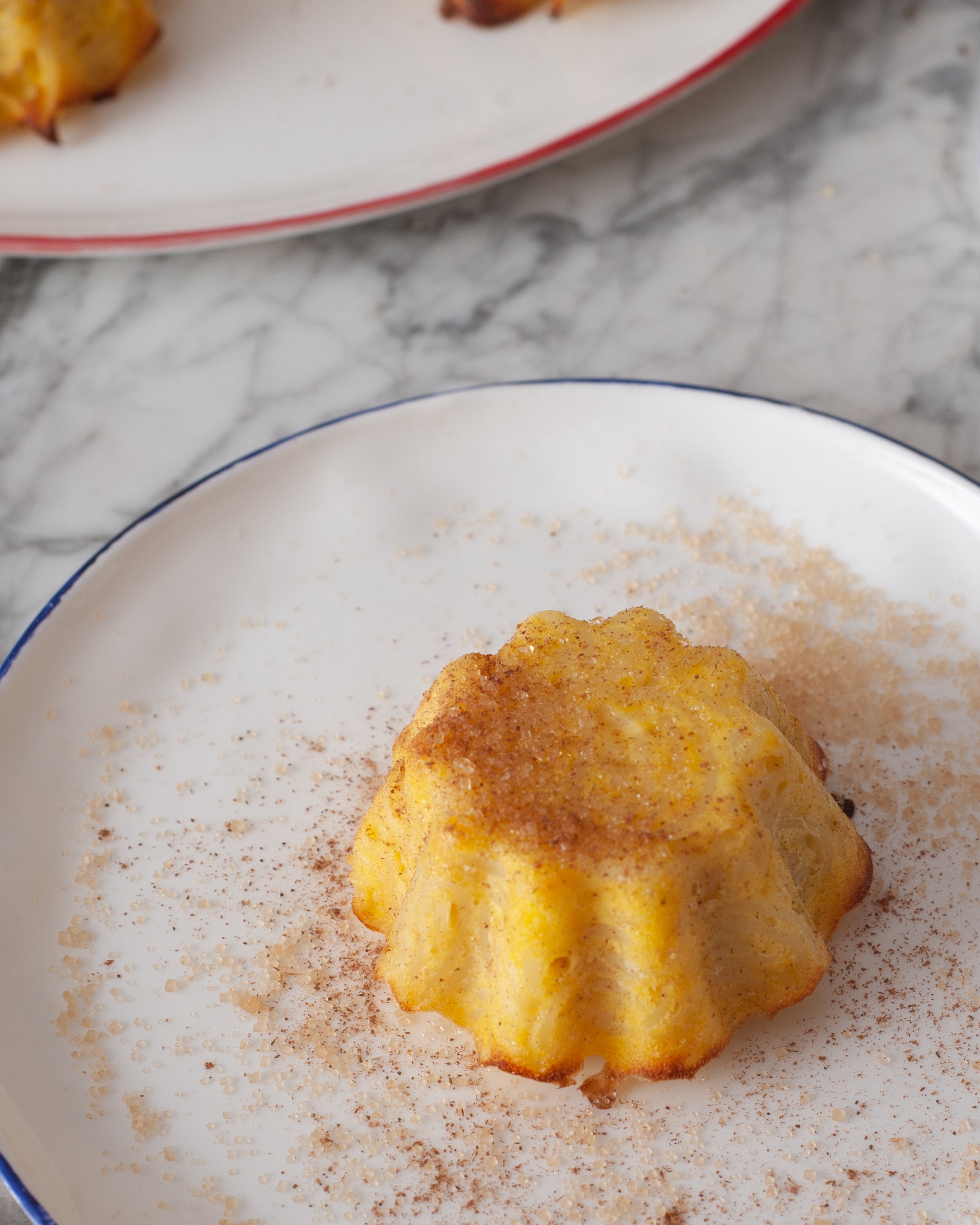
Products pictured: Cobalt Cake Plate, Cobalt Sugar Bowl, Geranium Dinner Plate



